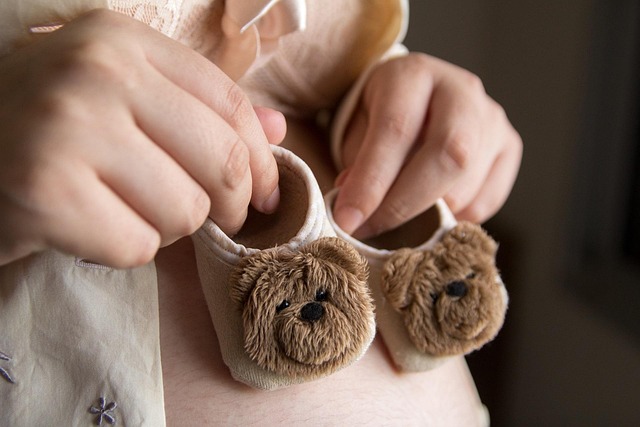As an advocate for youth sports, I appreciate their role in promoting health and instilling valuable life lessons like discipline and accountability. However, the journey through youth sports can often feel like navigating a complex labyrinth of trials.
First Level: Tumbling Classes and Overzealous Parents
In preschool sports, the focus is primarily on fun and keeping kids active before nap time. Yet, some parents adopt an overly intense approach, treating their toddlers as if they are future Olympians. Instead of cheering, “Great job, honey!” or “Oops, that was a tumble!” these parents shout, “Nail that landing or no cartoons for a week!” They might even sidle up and ask, “What protein shakes are you using? We switched to organic, and I can see a difference in Paige’s cartwheels.” Meanwhile, your child is blissfully rolling around on the mat, completely unfazed.
Second Level: Community Leagues and More Overzealous Parents
In recreational leagues, children work on skill development within their sport. For instance, in baseball, coaches guide kids on how to throw and where to run. Surprisingly, parents in these leagues often exhibit even more intense behavior than in preschool sports. You’ll witness parents berating their child’s teammates for not paying attention during a crucial play and then scolding their own child for failing to catch a fly ball. Some parents even get ejected for their unruly behavior toward coaches and referees, although unfortunately, this doesn’t happen often enough. Many kids end up so disheartened by their parents’ antics that they abandon sports altogether in favor of other pursuits, like writing comic books.
Third Level: Practice Chaos
Every practice begins with an array of frantic questions: “Do you have your water bottle? Why are you wearing those old cleats? Did your new ones make it to the car?” The chaos intensifies if your child participates in activities like skating or swimming that require early morning sessions. Multiply that stress by twenty and start chugging energy drinks to keep up.
Fourth Level: Game Day Anxieties
Your child can manage their gear; you have enough on your plate. Where is the game field? We’re late, and I forgot to fill the gas tank! Was it my turn to bring snacks? Did I pack sunscreen and bug spray? Just when you think you’ve covered all bases, you realize that today was supposed to be volleyball, not soccer!
Fifth Level: Travel Teams
Travel leagues test the limits of parental commitment. If your ten-year-old hasn’t declared their intention to dedicate every waking moment to their sport, you might want to reassess your commitment level. While professional athletes enjoy time off, travel league participants consider that a sign of weakness. And get ready for the financial commitment that comes with it.
Sixth Level: The Financial Burden
The more talent your child exhibits, the more your bank account diminishes. Did you think $80 for figure skates was steep? Once your child excels, expect to pay significantly more for high-performance gear. If your child plays hockey, they might as well expect all their gifts for the next decade to revolve around their sport. And don’t forget the rink fees—around $11 an hour, multiplied by the hours your child needs to practice each week.
Seventh Level: Trainers and Specialized Coaches
Eventually, regular practice won’t cut it for your aspiring athlete. Private coaching can run between $60 and $100 an hour, leaving you to ponder how many bills you can handle before your pockets are empty. You’ll want to vet these coaches carefully—are they encouraging or pressuring your child to play through injuries? You may find yourself longing for the simpler days of community leagues.
Eighth Level: Tournament Madness
The intensity peaks during tournaments. Coaches are stressed, parents are frantic about potential scholarships, and kids are caught in the crossfire of adult anxiety. Add in the physical toll of long drives, unhealthy hotel food, and a jam-packed schedule of games over a weekend, and it can feel overwhelming.
Ninth Level: Injuries
At first, it’s just scrapes and bruises. Then come the sprains, fractures, and more serious injuries. Mention “ACL” to a sports parent, and you’ll see them instinctively cringe. After a year-round schedule, children may suffer from burnout or overuse injuries, with some even facing lifetime consequences from repeated concussions.
The true champions of youth sports navigate these challenges while keeping their priorities straight, making healthy choices, and ensuring the joy of the game remains intact—for themselves, and for their children. So go on, enjoy the ride!
For further insights into home insemination, check out this resource, and for expert guidance, see this page. Additionally, the National Institute of Child Health and Human Development offers excellent information on pregnancy.
Summary
This article humorously explores the nine levels of challenges parents face in youth sports, from overzealous parents to financial burdens and injuries, while advocating for a balanced approach to youth athletics.
Keyphrase: youth sports challenges
Tags: [“home insemination kit” “home insemination syringe” “self insemination”]
